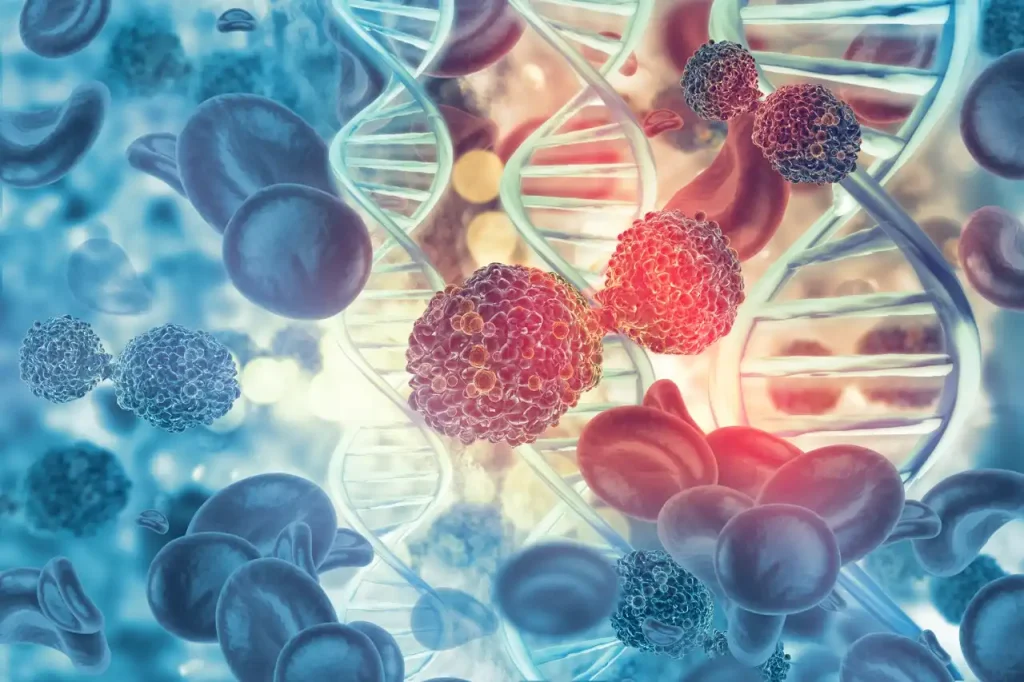Created a new field of oncology, Interventional Oncology 1998.
Performed the world’s first Image-Guided Percutaneous Tumor Cryo-Ablation in 1999.
Performed the world’s first Image-Guided Percutaneous Lung Tumor Ablation in 1999.
Created the world’s first radiation reduction CT software to reduce iatrogenic cancer in 2005.

After graduating from medical school in 1991, Patrick spent the next 7 years in post graduate education with degrees in Diagnostic Radiology, Neuro and Body Interventional Radiology as well as Vascular Interventional Radiology.
When he was an assistant professor of Radiology and Surgery, he developed a new field of radiology and oncology termed Interventional Oncology. That specialty focused on minimally invasive image guided oncologic surgery. He designed and developed several of the technologies and surgeries in that field including Image guided Radiofrequency Tumor Ablation and Image Guided Cryoablation of Cancer.
Around the same time, he realized that diagnostic radiology exposure for post treatment surveillance was creating iatrogenic cancers, particularly in children. He created a sweetish corporation and rewrote the CT software allowing for 1/10th of the radiation exposure compared to the status quo at that time. Soon a:er, all the radiology manufacturers adopted that technology ushering in an era of safe radiology imaging for the first time. A year or so later, Nasa brought him on as a consultant and funded his idea to create a terrestrial physician directed and operated space station based surgical robot that cares for the emergency needs of the astronauts.
In 2009 he began working with stem cells involving limb salvage in diabetics with advanced atherosclerotic disease of the lower extremities with threatened amputation. Since that time, he has continued to explore the use of stem c ells and has developed several novel uses that replace of provide a therapy for previously poorly treated diseases. His foray into stem cells provided a natural extension into the world of gene therapy.
In 2015 he began designing and administering human gene therapy and is now the most experienced clinical gene therapist on the planet. He has an international gene therapy company and provides gene therapy consulting services to a London based gene therapy biotech firm.
